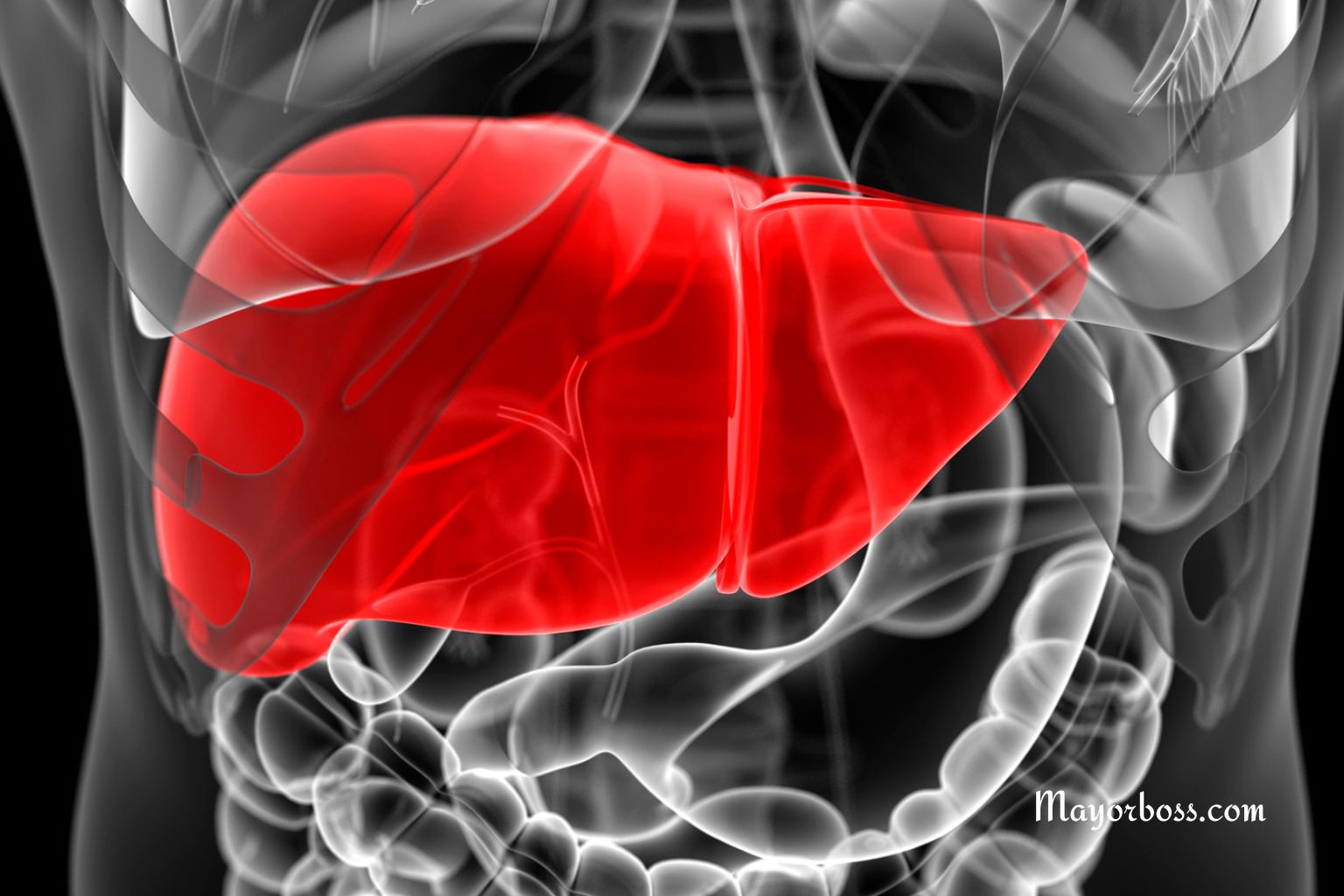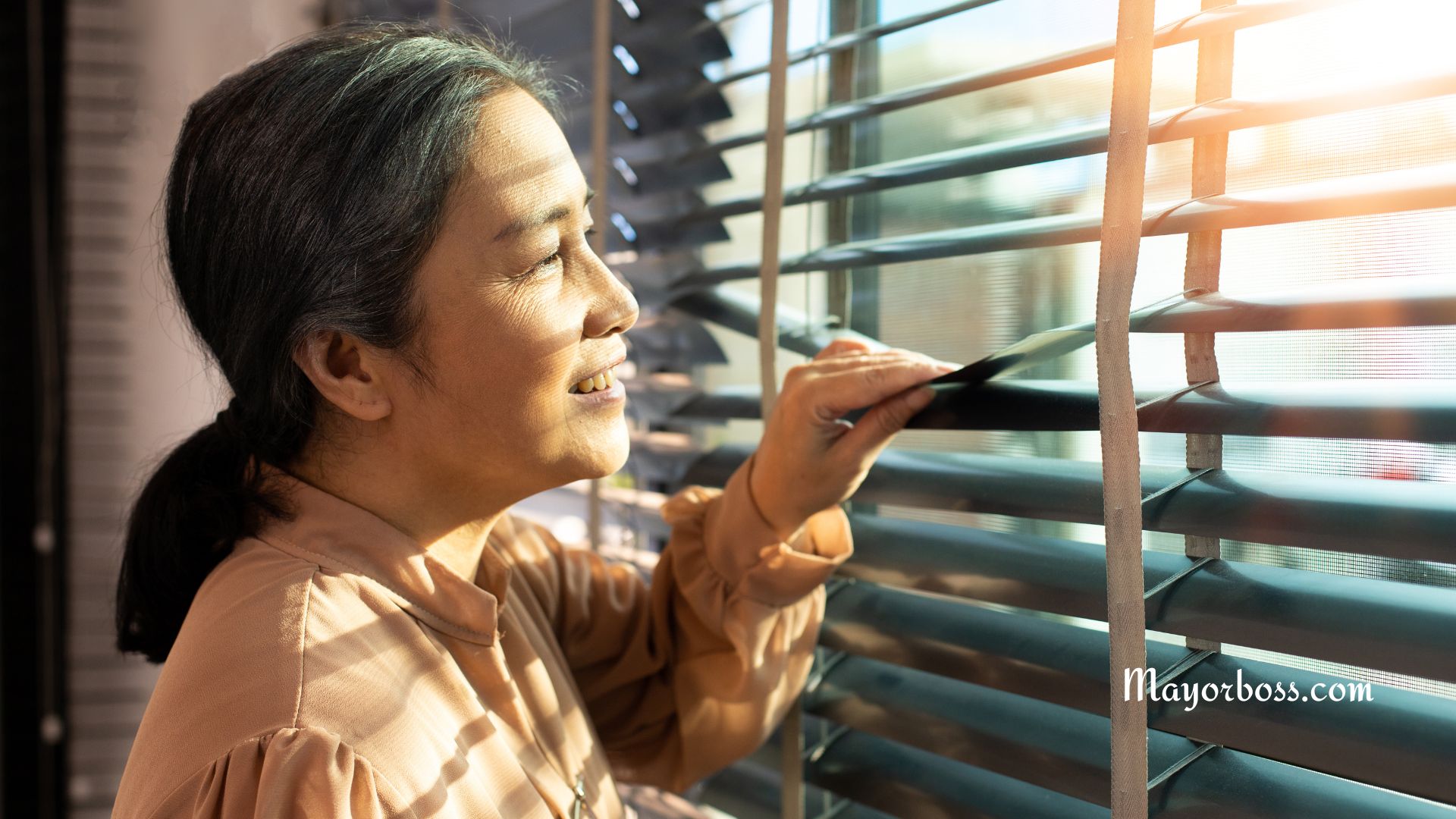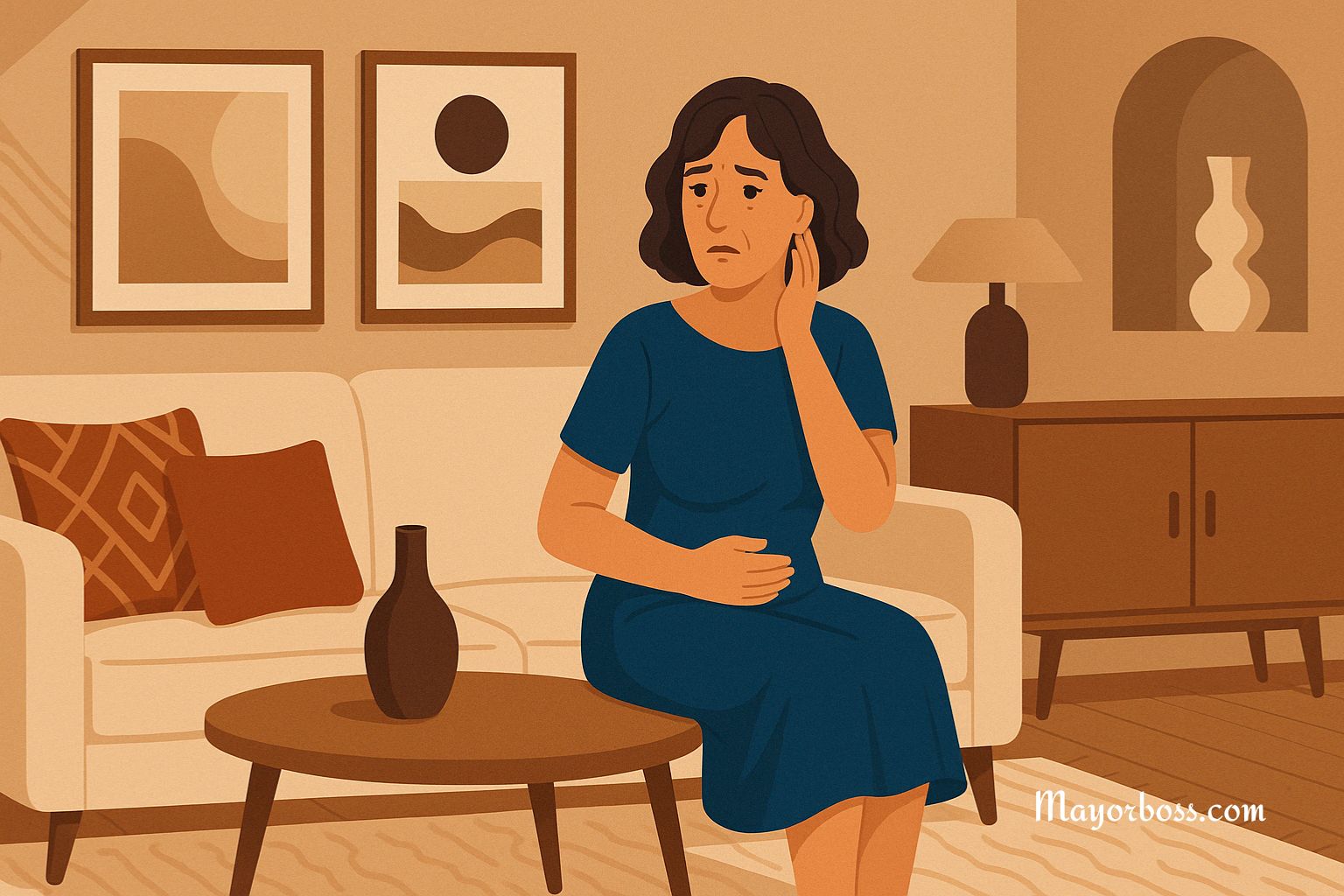Recognizing the Signs of Glaucoma
Glaucoma damages the optic nerve and can lead to permanent vision loss. Early signs often include subtle loss of side vision in open-angle glaucoma, while angle-closure glaucoma usually causes sudden eye pain, headache, halos around lights, and a red eye. Knowing these warning signs helps you act fast and protect your sight.
What is Glaucoma?
Glaucoma is an eye disease that harms the optic nerve. This nerve carries visual signals from your eye to your brain. Pressure inside the eye often rises when fluid cannot drain well, and that pressure can injure the nerve. Vision that disappears from glaucoma does not return, which is why paying attention to early signs matters so much. 1
Why Glaucoma Can Be Hard To Notice
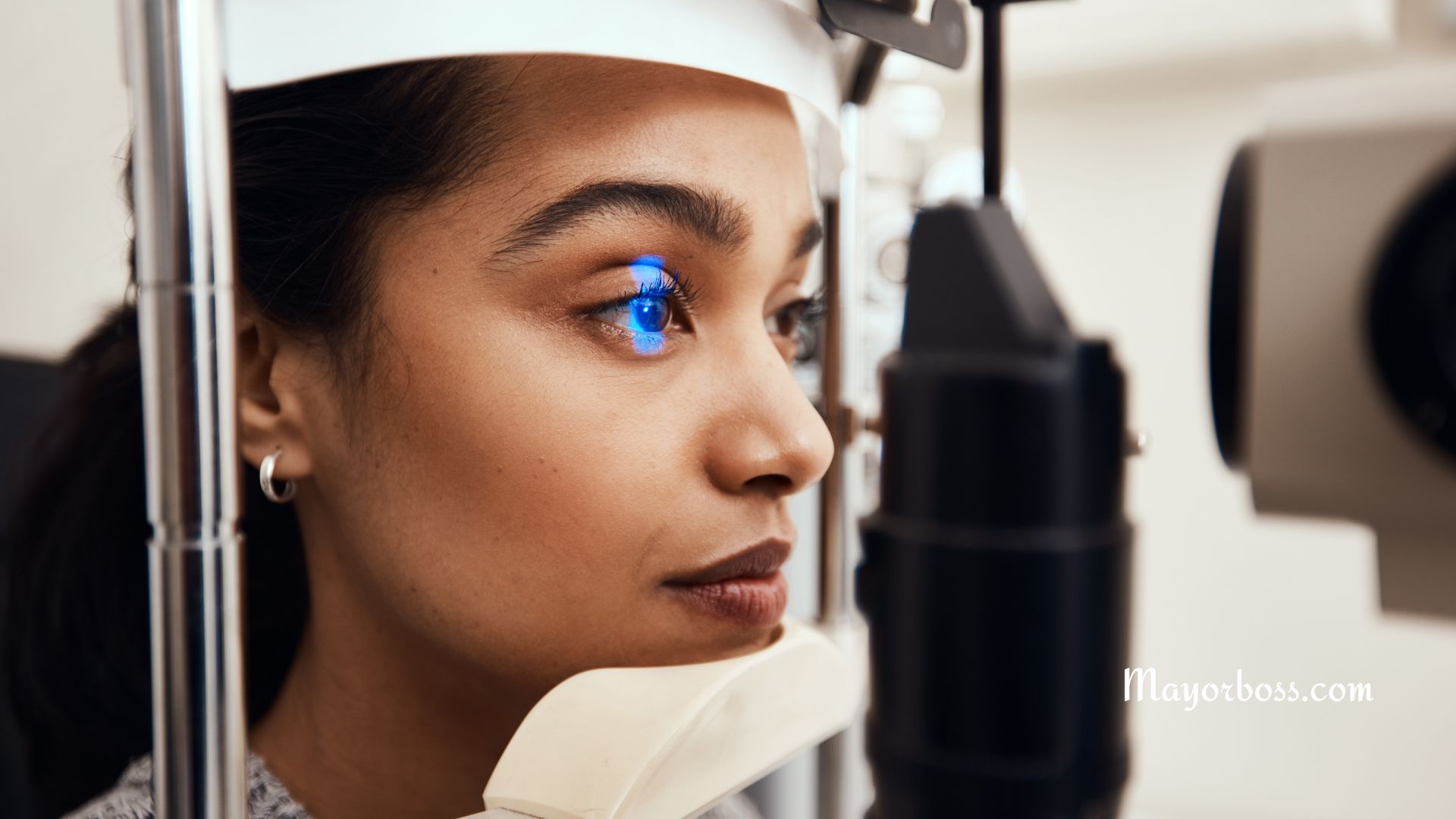
Here is the tough part. Many people feel fine at first. Vision seems normal for a long time. Glaucoma often starts at the edges of your view, so daily tasks still feel easy. Reading, texting, and driving can seem unchanged while damage quietly grows. That is why awareness of early clues is so important.2
Early Signs You Might Notice
You may not feel pain. You may not see sudden changes. Instead, small blind spots can appear in your side vision. You might clip door frames or not notice people approaching from the side. Night driving can feel less safe. Glare can bother you more than it used to. Over time, these gaps can grow and narrow your field of view.
Two Main Types And How Their Signs Differ
The two most common forms are open-angle glaucoma and angle-closure glaucoma. They look and feel very different.3 Knowing the patterns helps you tell one from the other.
Signs of Open Angle Glaucoma
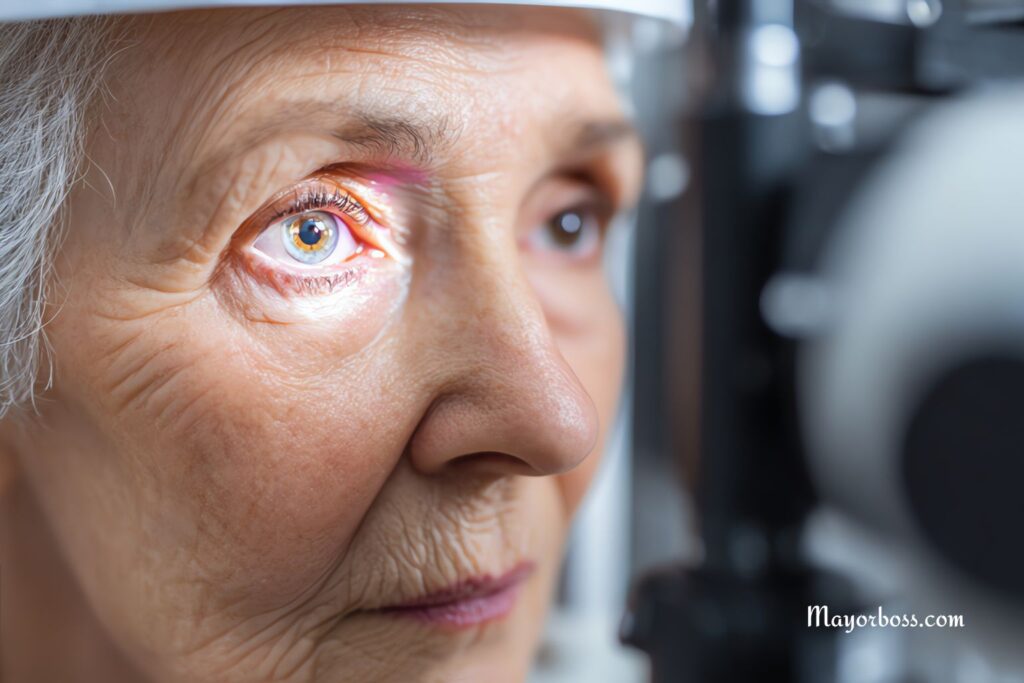
Open-angle glaucoma is the most common type. It moves slowly and quietly. No redness. No sudden pain. The first clues usually involve the sides of your vision.
These changes creep in. Many people do not notice them until the disease is advanced. That is why routine eye checks matter, but this article focuses on what you can notice yourself.4
Signs of Angle Closure Glaucoma

Angle closure glaucoma often arrives fast and forcefully. It is an eye emergency. The signs can feel dramatic and hard to ignore.
These symptoms can appear within minutes or hours. Vision can drop quickly during an attack. If these signs show up, treat them as urgent.5
Open Angle Versus Angle Closure At A Glance
Other Types And Their Typical Clues

Glaucoma can appear in other forms as well. The signs still center on vision changes, glare, and sometimes discomfort.
Normal Tension Glaucoma
Pressure readings can look normal, yet the optic nerve still takes damage. Signs mirror open angle. Side vision fades first. Headaches are not a reliable guide here. The main clue remains a slow loss of the visual field.
Secondary Glaucoma
Another problem in the eye can raise pressure and hurt the nerve. Examples include eye injuries, inflammation, or deposits that clog drainage. Signs can include redness, soreness, and blurred vision, sometimes with light sensitivity. Vision changes can move faster than in open-angle.
Congenital Glaucoma In Infants
Though rare, babies can develop glaucoma. Parents may notice very watery eyes, strong sensitivity to light, or eyes that look cloudy or larger than usual. Infants may keep their eyelids closed or rub their eyes often. These clues need prompt evaluation.
Pigmentary Glaucoma
Pigment from the iris can flake into the fluid and block drainage. Young adults may notice blurry vision, glare, or colored rings around lights, especially after exercise. Over time, side vision can thin out, similar to open-angle.
What Sudden Warning Signs Mean

Certain symptoms point to danger and need attention without delay. These include sudden eye pain, a red eye with blurred vision, halos around lights, a severe one-sided headache, and nausea linked to eye pain. These signs fit an angle closure pattern and signal an emergency situation for vision.
How To Listen To Your Vision Each Day
Small habits can help you stay alert to changes. Notice how well you sense movement at the edges of your view. Pay attention to night glare and halos during evening drives. Watch for new clumsiness, like bumping into furniture on one side. If something feels off, treat that feeling with respect.
Takeaways
FAQs
What does early glaucoma feel like
Often nothing at all. Most people do not feel pain or pressure. The earliest hint is usually a subtle loss of side vision.
What do halos around lights look like
Bright lights can appear with glowing rings or rainbow edges, especially in low light. This sign is common during angle closure episodes.
Can glaucoma cause headaches
Open-angle glaucoma rarely causes headaches. Angle closure glaucoma often causes a strong one-sided headache that pairs with eye pain and blurred vision.
How does peripheral vision loss show up in daily life
You may miss cars in the next lane, bump into door frames, or struggle with steps on one side. Night driving can feel less safe due to glare and reduced side awareness.
Can children show signs of glaucoma
Yes, though it is uncommon. Infants can have watery eyes, strong light sensitivity, cloudy-looking eyes, or eyes that seem larger than usual.
References:
- https://www.mayoclinic.org/diseases-conditions/glaucoma/symptoms-causes/syc-20372839 ↩︎
- https://www.nei.nih.gov/learn-about-eye-health/eye-conditions-and-diseases/glaucoma ↩︎
- https://www.nei.nih.gov/learn-about-eye-health/eye-conditions-and-diseases/glaucoma/types-glaucoma ↩︎
- https://my.clevelandclinic.org/health/diseases/open-angle-glaucoma ↩︎
- https://my.clevelandclinic.org/health/diseases/angle-closure-glaucoma ↩︎

